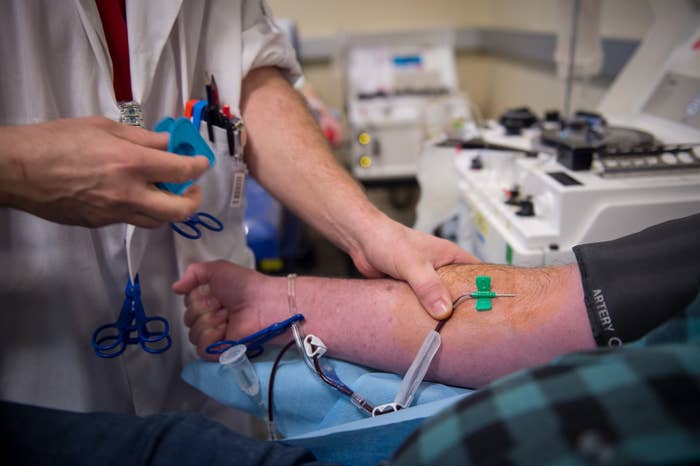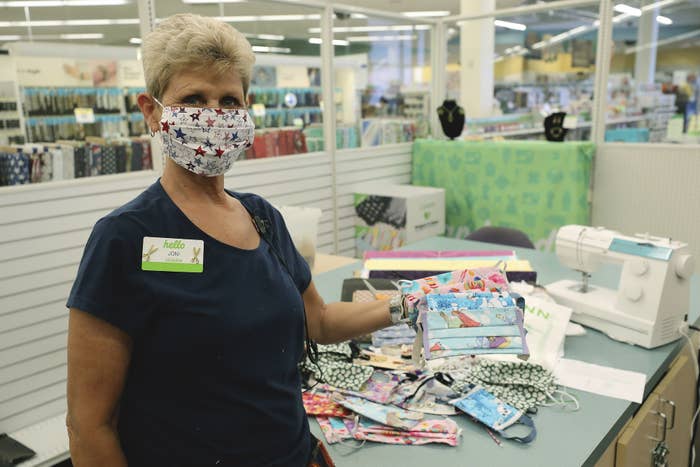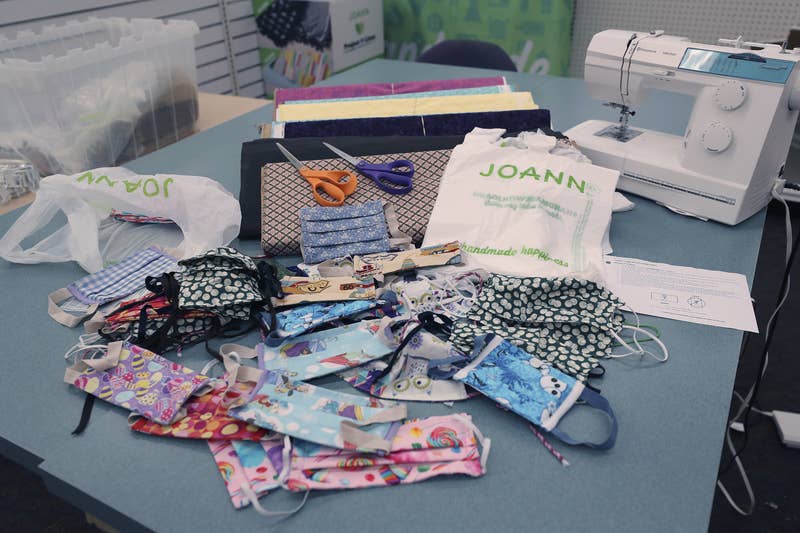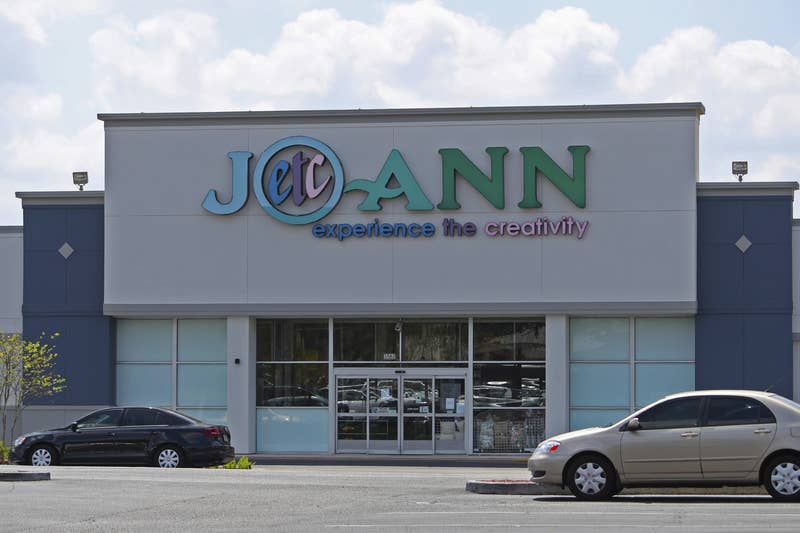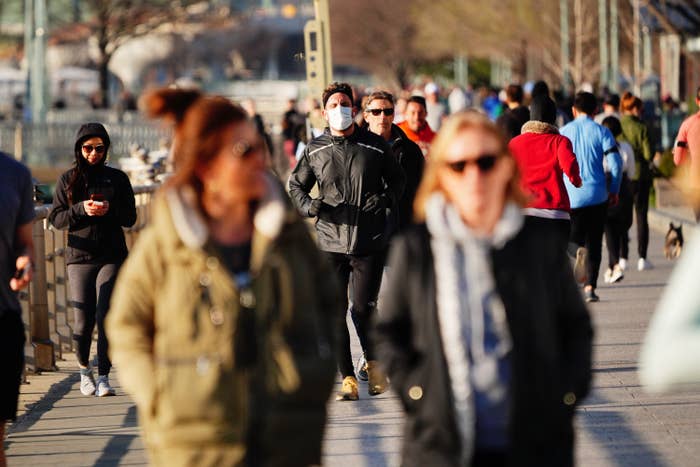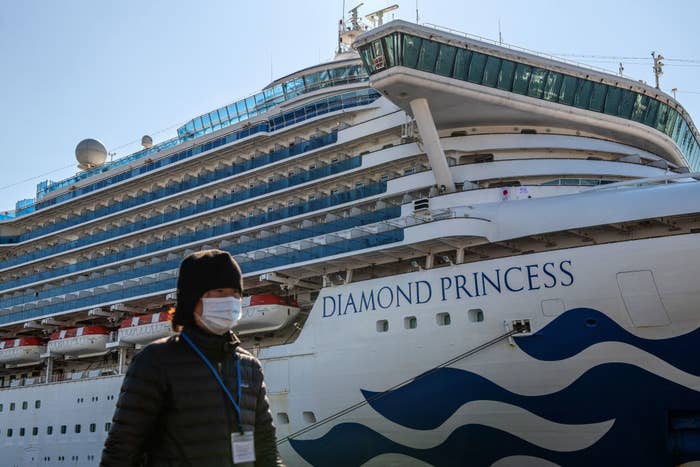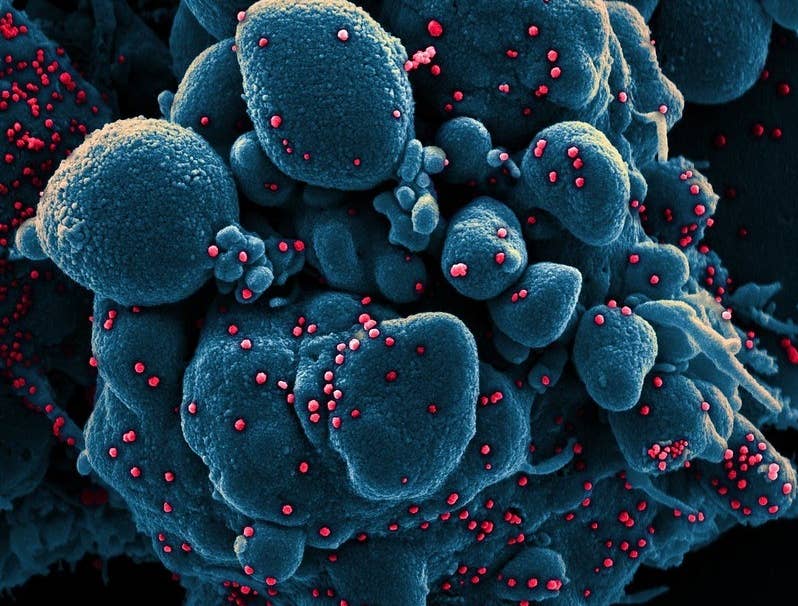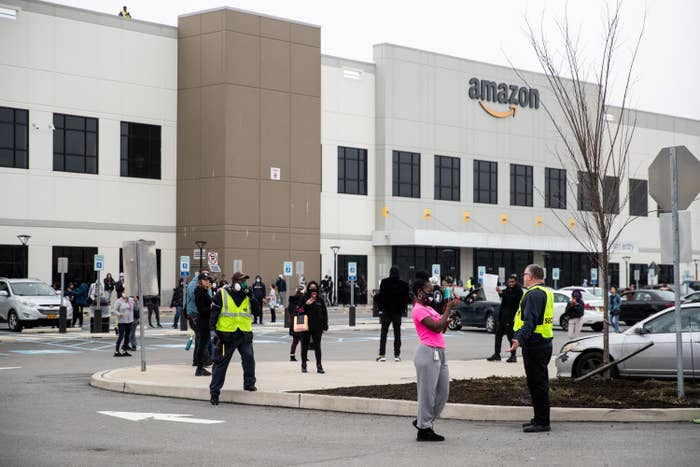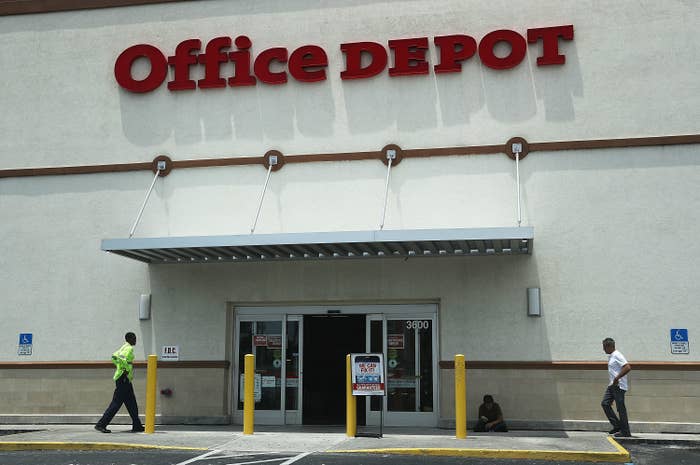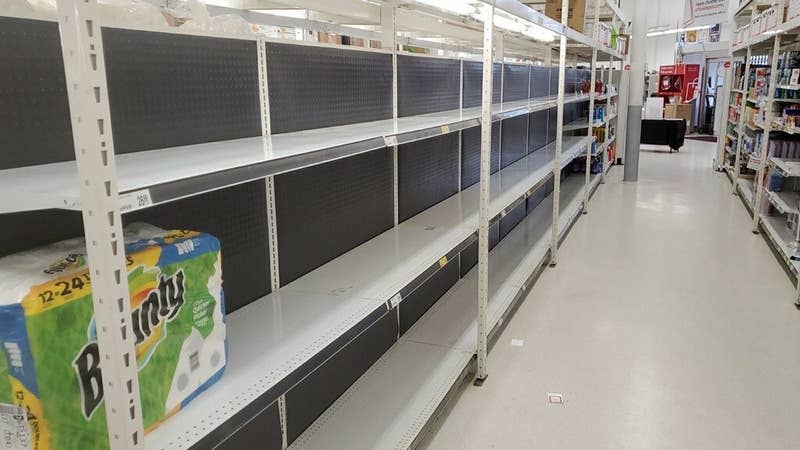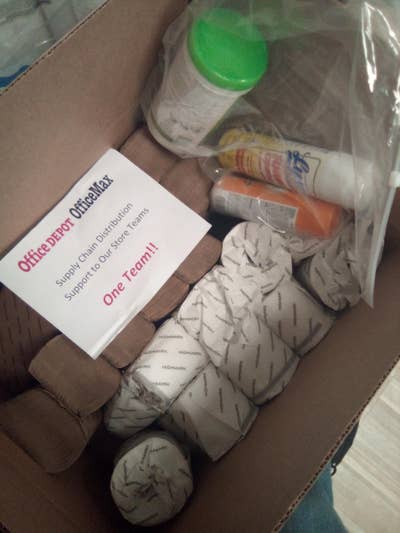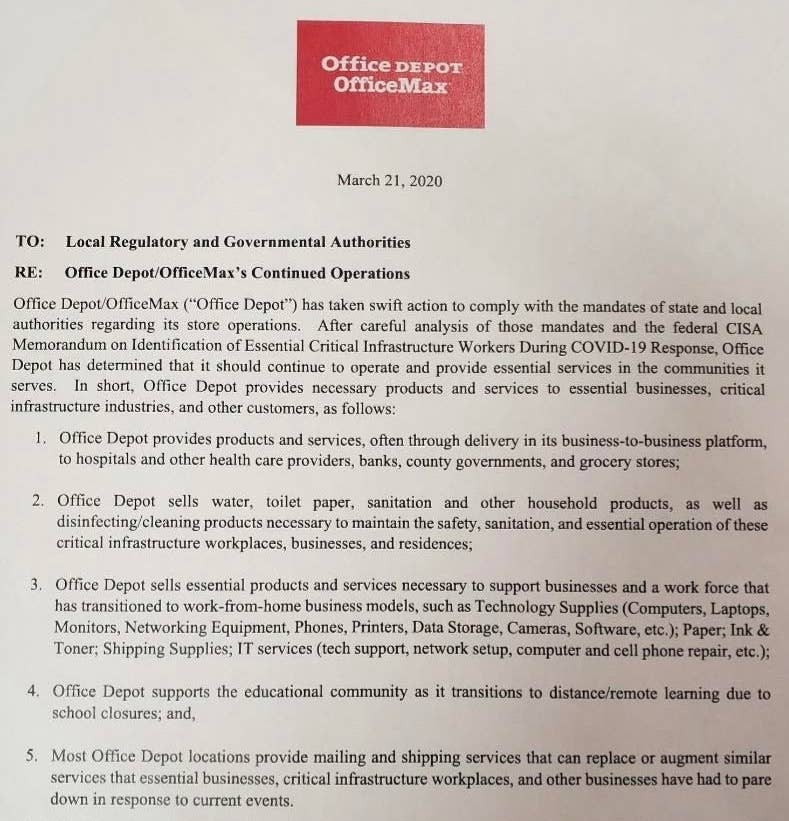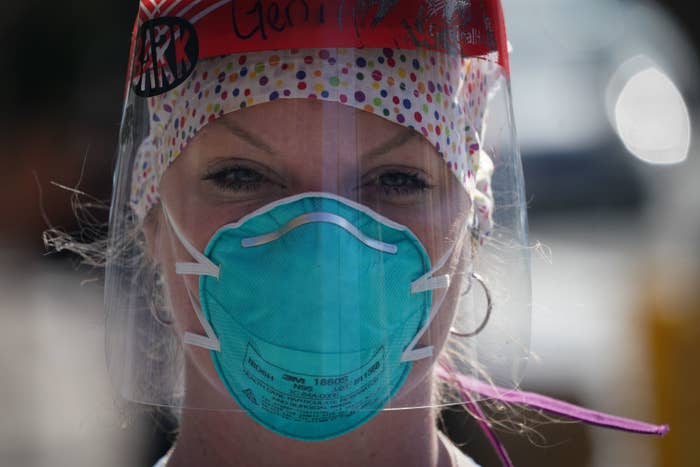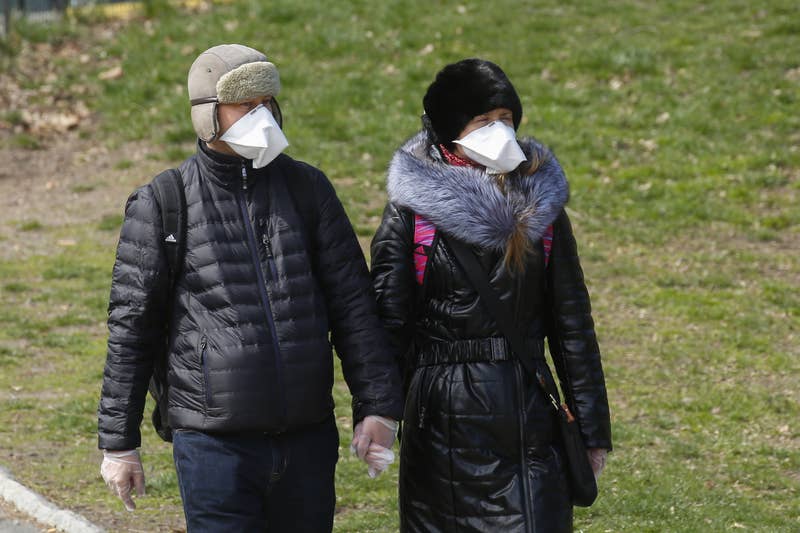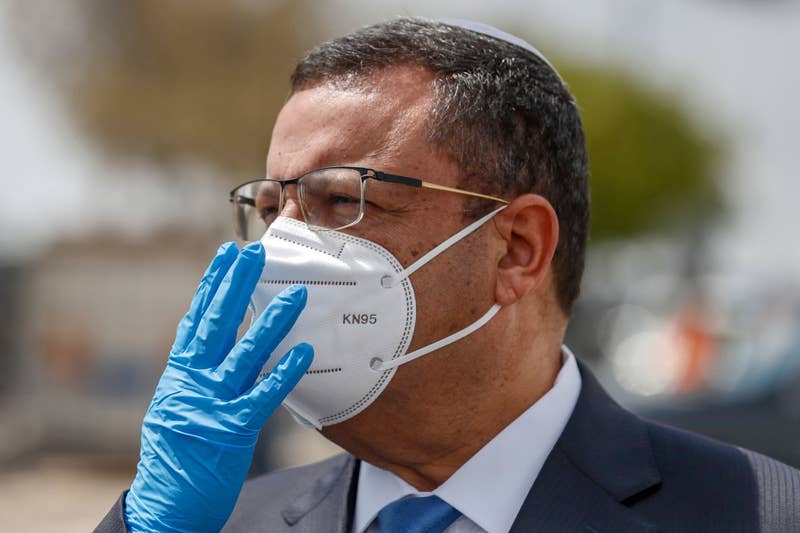JARED IS RUNNING A PARALLEL CORONAVIRUS CRISIS TEAM MADE UP OF HIMSELF, THE GRAND POOBAH;THE MINISTER OF EVERYTHING.
AND THAT'S ALL
By Alex Henderson, AlterNet- Commentary 4/2/2020

Kushner’s activities during the pandemic are the focus of an in-depth article written by journalists Adam Cancryn and Dan Diamond and published in Politico this week. According to Cancryn and Diamond, “What started two-and-a-half weeks ago as an effort to utilize the private sector to fix early testing failures has become an all-encompassing portfolio for Kushner, who…. has taken charge of the most important challenges facing the federal government: expanding test access, ramping up industry production of needed medical supplies, and figuring out how to get those supplies to key locations.”
Here are some of the most important points from Politico and other media outlets about Kushner’s role in the Trump Administration’s response to coronavirus.
1. Kushner reportedly told Trump that Andrew Cuomo was exaggerating the need for ventilations in New York State — whereas Anthony Fauci agrees with Cuomo
In Democratic circles, New York Gov. Andrew Cuomo is being praised as “America’s governor” for his aggressive response to the pandemic. Cuomo has been warning that hospitals in his state, especially in New York City, are absolutely overwhelmed but will be even more overwhelmed in the weeks ahead. And according to Vanity Fair’s Gabriel Sherman, Kushner reportedly told Trump that Cuomo is exaggerating the need for ventilators in New York State — a claim Trump has echoed.
On March 26, Trump told Fox News’ Sean Hannity that New York didn’t need “40,000 or 30,000 ventilators.” But when CNN’s Jake Tapper asked Dr. Anthony Fauci if he had any reason to doubt Cuomo, the expert immunologist responded, “There are a lot of different calculations. My experience, I tend to believe Gov. Cuomo.”

2. There is a ‘limited vetting of private companies’ in Kushner’s operation
In their Politico article, Cancryn and Diamond explain that with Kushner’s coronavirus operation, “People around Kushner are fielding all manner of outside pitches, making it difficult for the group to stay focused. And there is limited vetting of private companies and executives’ financial interests, raising questions about the motivations and potential conflicts inherent in an operation that relies on an ill-defined and ever-expanding group of outside contributors.”
3. CREW fears a lack of transparency
Cancryn and Diamond, in their Politico piece, note that the watchdog group Citizens for Responsibility and Ethics in Washington (CREW) has expressed some concerns about Kushner’s coronavirus operation — including a lack of transparency, insufficient vetting of the private companies involved and possible conflicts of interest.
Jordan Libowitz, a CREW spokesperson, explained, “They’re not necessarily doing something nefarious, but if they were, this is what they would do to hide it.”
4. Kushner’s coronavirus authority now exceeds that of Health Secretary Alex Azar
Previously, Alex Azar (secretary of the U.S. Department of Health and Human Services) led Trump’s coronavirus response. But Cancryn and Diamond point out that Kushner now has a more prominent role than Azar, noting, “Kushner’s team has stepped in to coordinate decision-making at agencies, including the Food and Drug Administration and the Centers for Medicare and Medicaid Services — and the scope of his authority now exceeds that of Health Secretary Alex Azar, the one-time leader of Trump’s coronavirus response.”
Opinion
Jared Kushner Is Going to Get Us All Killed
Trump’s son-in-law has no business running the coronavirus response.

By Michelle Goldberg
Opinion Columnist
April 2, 2020, 8:34 p.m. ET

Jared Kushner in March. He made his debut at the White House coronavirus briefing on Thursday. Credit...Pool photo by Evan Vucci

Reporting on the White House’s herky-jerky coronavirus response, Vanity Fair’s Gabriel Sherman has a quotation from Jared Kushner that should make all Americans, and particularly all New Yorkers, dizzy with terror.
According to Sherman, when New York’s governor, Andrew Cuomo, said that the state would need 30,000 ventilators at the apex of the coronavirus outbreak, Kushner decided that Cuomo was being alarmist. “I have all this data about I.C.U. capacity,” Kushner reportedly said. “I’m doing my own projections, and I’ve gotten a lot smarter about this. New York doesn’t need all the ventilators.” (Dr. Anthony Fauci, the country’s top expert on infectious diseases, has said he trusts Cuomo’s estimate.)
Even now, it’s hard to believe that someone with as little expertise as Kushner could be so arrogant, but he said something similar on Thursday, when he made his debut at the White House’s daily coronavirus briefing: “People who have requests for different products and supplies, a lot of them are doing it based on projections which are not the realistic projections.”
Kushner has succeeded at exactly three things in his life. He was born to the right parents, married well and learned how to influence his father-in-law. Most of his other endeavors — his biggest real estate deal, his foray into newspaper ownership, his attempt to broker a peace deal between the Israelis and the Palestinians — have been failures
Undeterred, he has now arrogated to himself a major role in fighting the epochal health crisis that’s brought America to its knees. “Behind the scenes, Kushner takes charge of coronavirus response,” said a Politico headline on Wednesday. This is dilettantism raised to the level of sociopathy.
The journalist Andrea Bernstein looked closely at Kushner’s business record for her recent book “American Oligarchs: The Kushners, the Trumps, and the Marriage of Money and Power,” speaking to people on all sides of his real estate deals as well as those who worked with him at The New York Observer, the weekly newspaper he bought in 2006.
Kushner, Bernstein told me, “really sees himself as a disrupter.” Again and again, she said, people who’d dealt with Kushner told her that whatever he did, he “believed he could do it better than anybody else, and he had supreme confidence in his own abilities and his own judgment even when he didn’t know what he was talking about.”
It’s hard to overstate the extent to which this confidence is unearned. Kushner was a reportedly mediocre student whose billionaire father appears to have bought him a place at Harvard. Taking over the family real estate company after his father was sent to prison, Kushner paid $1.8 billion — a record, at the time — for a Manhattan skyscraper at the very top of the real estate market in 2007. The debt from that project became a crushing burden for the family business. (Kushner was able to restructure the debt in 2011, and in 2018 the project was bailed out by a Canadian asset management company with links to the government of Qatar.) He gutted the once-great New York Observer, then made a failed attempt to create a national network of local politics websites.
His forays into the Israeli-Palestinian conflict — for which he boasted of reading a whole 25 books — have left the dream of a two-state solution on life support. Michael Koplow of the centrist Israel Policy Forum described Kushner’s plan for the Palestinian economy as “the Monty Python version of Israeli-Palestinian peace.”
Now, in our hour of existential horror, Kushner is making life-or-death decisions for all Americans, showing all the wisdom we’ve come to expect from him.
“Mr. Kushner’s early involvement with dealing with the virus was in advising the president that the media’s coverage exaggerated the threat,” reported The Times. It was apparently at Kushner’s urging that Trump announced, falsely, that Google was about to launch a website that would link Americans with coronavirus testing. (As The Atlantic reported, a health insurance company co-founded by Kushner’s brother — which Kushner once owned a stake in — tried to build such a site, before the project was “suddenly and mysteriously scrapped.”)
The president was reportedly furious over the website debacle, but Kushner’s authority hasn’t been curbed. Politico reported that Kushner, “alongside a kitchen cabinet of outside experts including his former roommate and a suite of McKinsey consultants, has taken charge of the most important challenges facing the federal government,” including the production and distribution of medical supplies and the expansion of testing. Kushner has embedded his own people in the Federal Emergency Management Agency; a senior official described them to The Times as “a ‘frat party’ that descended from a U.F.O. and invaded the federal government.”
Disaster response requires discipline and adherence to a clear chain of command, not the move-fast-and-break-things approach of start-up culture. Even if Kushner “were the most competent person in the world, which he clearly isn’t, introducing these kind of competing power centers into a crisis response structure is a guaranteed problem,” Jeremy Konyndyk, a former U.S.A.I.D. official who helped manage the response to the Ebola crisis during Barack Obama’s administration, told me. “So you could have Trump and Kushner and Pence and the governors all be the smartest people in the room, but if there are multiple competing power centers trying to drive this response, it’s still going to be chaos.”
Competing power centers are a motif of this administration, and its approach to the pandemic is no exception. As The Washington Post reported, Kushner’s team added “another layer of confusion and conflicting signals within the White House’s disjointed response to the crisis.” Nor does his operation appear to be internally coherent. “Projects are so decentralized that one team often has little idea what others are doing — outside of that they all report up to Kushner,” reported Politico.
On Thursday, Governor Cuomo said that New York will run out of ventilators in six days. Perhaps Kushner’s projections were incorrect. “I don’t think the federal government is in a position to provide ventilators to the extent the nation may need them,” Cuomo said. “Assume you are on your own in life.” If not in life, certainly in this administration.
RELATED
More from Opinion on Jared Kushner:
Opinion | Frank Bruni: Jared Kushner Fails Up, Again Nov. 26, 2019
Opinion | Ross Douthat: The Corruption Before Trump Oct. 1, 2019
Opinion | The Editorial Board: Questions For and About Jared Kushner March 6, 2019
Michelle Goldberg has been an Opinion columnist since 2017. She is the author of several books about politics, religion and women’s rights, and was part of a team that won a Pulitzer Prize for public service in 2018 for reporting on workplace sexual harassment issues.
Republican baffled at ‘how our government operates’ now that Jared Kushner has taken charge of Trump’s coronavirus response
April 2, 2020 By Sky Palma

Of all the Trump administration officials tasked with responding to the coronavirus, Jared Kushner has not appeared at any of President Trump’s press briefings. As POLITICO points out, Kushner’s push to utilize the private sector to fix early testing failures is creating concern among some health-agency officials who think Trump may be deferring to Kushner over more seasoned experts, despite the potential conflicts of interest that arise.
“Kushner has relied on select officials, including his one-time former roommate and current U.S. foreign investment czar Adam Boehler, and Brad Smith, the head of Medicare’s innovation center, to organize and manage key projects — bypassing the bureaucratic structures and internal rivalries that slowed progress in the response’s early months,” writes POLITICO’s Adam Cancryn and Dan Diamond.
The limited vetting of private companies and the financial interests of executives have raised concerns, but officials working alongside Kushner insist that all ethics are being taken into consideration. But the watchdog group Citizens for Responsibility and Ethics in Washington (CREW) isn’t entirely convinced.
“They’re not necessarily doing something nefarious, but if they were, this is what they would do to hide it,” CREW spokesperson Jordan Libowitz told POLITICO.
Even some recruited to aid Kushner’s effort have expressed reservations.
“I don’t know how our government operates anymore,” one Republican close to the administration told POLITICO, adding that the sudden authority granted to private sector groups left them with their “eyebrow raised unbelievably high.”
Read the full report over at POLITICO.
More from Opinion on Jared Kushner:
Opinion | Frank Bruni: Jared Kushner Fails Up, Again Nov. 26, 2019
Opinion | Ross Douthat: The Corruption Before Trump Oct. 1, 2019
Opinion | The Editorial Board: Questions For and About Jared Kushner March 6, 2019
Michelle Goldberg has been an Opinion columnist since 2017. She is the author of several books about politics, religion and women’s rights, and was part of a team that won a Pulitzer Prize for public service in 2018 for reporting on workplace sexual harassment issues.
Republican baffled at ‘how our government operates’ now that Jared Kushner has taken charge of Trump’s coronavirus response
April 2, 2020 By Sky Palma

Of all the Trump administration officials tasked with responding to the coronavirus, Jared Kushner has not appeared at any of President Trump’s press briefings. As POLITICO points out, Kushner’s push to utilize the private sector to fix early testing failures is creating concern among some health-agency officials who think Trump may be deferring to Kushner over more seasoned experts, despite the potential conflicts of interest that arise.
“Kushner has relied on select officials, including his one-time former roommate and current U.S. foreign investment czar Adam Boehler, and Brad Smith, the head of Medicare’s innovation center, to organize and manage key projects — bypassing the bureaucratic structures and internal rivalries that slowed progress in the response’s early months,” writes POLITICO’s Adam Cancryn and Dan Diamond.
The limited vetting of private companies and the financial interests of executives have raised concerns, but officials working alongside Kushner insist that all ethics are being taken into consideration. But the watchdog group Citizens for Responsibility and Ethics in Washington (CREW) isn’t entirely convinced.
“They’re not necessarily doing something nefarious, but if they were, this is what they would do to hide it,” CREW spokesperson Jordan Libowitz told POLITICO.
Even some recruited to aid Kushner’s effort have expressed reservations.
“I don’t know how our government operates anymore,” one Republican close to the administration told POLITICO, adding that the sudden authority granted to private sector groups left them with their “eyebrow raised unbelievably high.”
Read the full report over at POLITICO.
